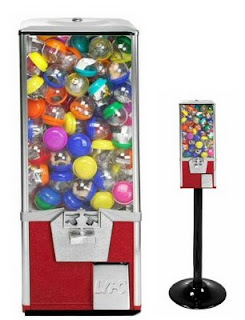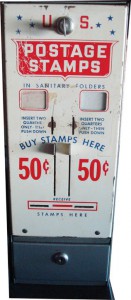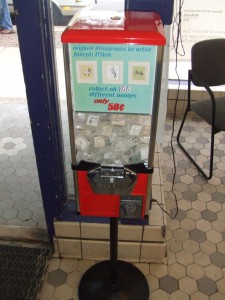I have developed a sudden and unexpected love for Yellow Springs, Ohio. Just look at the Yellow Springs Arts Council’s website, or the Yellow Springs Arts blog and see all the creative things that happen there. Now consider that Yellow Springs isn’t a big city. It’s a village of under 4,000 people!
It could be something in the DNA. Yellow Springs was founded by Utopian Socialist Robert Denton who believed that “all religions are based on the same ridiculous imagination, that make man a weak, imbecile animal; a furious bigot and fanatic; or a miserable hypocrite.” It was a final stop on the Underground Railroad. It’s the birthplace of work study, a program that allows many students to attend college who couldn’t otherwise afford it. It also has had an ordinance against discrimination based on sexual preference since 1979. It sounds like Yellow Springs has a long history of being awesome! I really want to go visit someday. Maybe we’ll make it a stop on our cross-country trip next year!
I never would have discovered Yellow Springs had it not been for Jafagirls’ Art Ball Machine.

Some fine products found inside the Art Balls (click to enlarge):




The Art Ball Machine is just one project of the Jafagirls. The Jafagirls are by Corrine Bayraktaroglu (aka Jafabrit), Nancy Mellon and a variety of cohorts. The acronym stands for “Just Another F$%#@*g Artist.” For a small group they’re very active. Their activities include knit graffiti and Free Art Fridays where they create artwork and leave it in the streets for people to find & take home. Take a minute and browse their site to see the fun things they’re up to. One thing I love about their work is it does something artists forget to do all too often: have fun. In these stressful times, perhaps the boldest statement you can make is to remind people the world doesn’t have to be a horrible place.
Yellow Springs and the Jafagirls really inspire me. When you live somewhere without a big population, you tend to make apologies and excuses, like, “If only we were big enough to have a real art scene…” But tiny Yellow Springs has an art scene that rivals much bigger cities! We also think that creative groups need to have a lot of members creating artworks that sell for lots of money in order to have any real impact, and yet Jafagirls’ works get featured in books, magazines, newspapers and other media.
I guess it’s time for us up here in Maine to get off our butts and makes stuff… and make stuff happen!











![Pingo [Art Vending Machine] Pingo [Art Vending Machine]](http://www.pingo.org.uk/images/pic02.jpg)
